
Vincenzo Lancia himself did not enjoy the commercial success of his famed Lancia Aprilia because he died suddenly in February of 1937, suffering heart failure at the young age of 56. A great man was gone – a man who had brilliant ideas where automobiles were concerned and a man who embodied the Italian spirit, a family man who was not only a father but a caring patron to his employees, a man who was larger-than-life in the best ways. Lancia’s Aprilia lived on well after World War II as the first sports saloon for those who needed everyday transportation but wanted to compete in racing over the weekend. The dozens of Aprilias that were entered in each of the Mille Miglias of the late 1930s and ’40s serve as evidence of this. Ultimately, over 25,000 Aprilias were made.
This success obliged Vincenzo’s widow Adele and son Gianni to continue his work. And they did, pushing the Lancia name to even greater accomplishments. Gianni might not have been the best of businessmen, but his vision regarding engineering was as good as his father’s.
In 1938, Gianni Lancia and his mother lured the great Vittorio Jano, one of Enzo Ferrari’s most capable engineers, back to his hometown of Turin to work for Lancia. The versatile Jano initially worked on the renowned Lancia heavy trucks while also developing a 5-speed gearbox for the Ardea, the Aprilia’s little sister. That was an industry first, to be followed by numerous other advances. World War II interrupted production, particularly once the occupation began, but working in a secret office in Padova, Jano and his team continued to plan for the future.
And everything came together in the brilliant Lancia Aurelia, which debuted in 1950. This car’s engineering clearly resulted from Jano’s Grand Prix experience; the Aurelia had an aluminum V6 engine, an independent rear suspension that was a match for the German swing axle principles, and a rear mounted transaxle, and it was the first car to use radial ply tires. All of this was intelligently packed into a sophisticated and fast family saloon.
The Lancia Aurelia B20 GT Coupe’s 2+2 design proved very popular for its entire eight year production run and was bought by many racing drivers such as Juan Manuel Fangio, Jean Behra and Mike Hawthorn.
1953 Lancia Aurelia B20 GT Pinin Farina Coupe – Liege-Rome-Liege Rally Car
As seen at the 2008 Pebble Beach Concours d’Elegance, this is the Squadra Corse Lancia team car that was driven to first place overall by Belgian driver Johnny Claes in the 1953 Liège-Rome-Liège Rally. Differing only slightly from the standard B20, it boasts 139 bhp from its specially tuned V6 engine. Claes drove virtually all of the 5,000 kilometers of the Rally himself, fighting not only the elements but also a failing dynamo due partially to the strain of handling a few more lights than it was originally designed to power.
All of the 1953 racing B20s were painted the ivory and blue colors of Turin. Once owned by a member of the Vignale family, this rare Lancia team car has been restored to its original Liège-Rome-Liège Rally specifications by Umberto Fraccaro Genovese of Italy.



[Source: Pebble Beach Concours


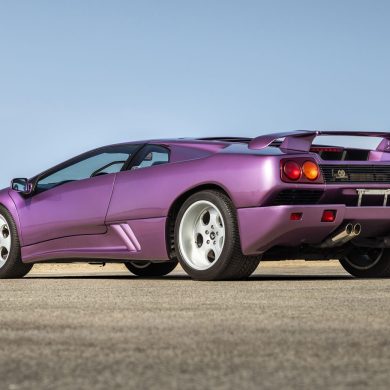
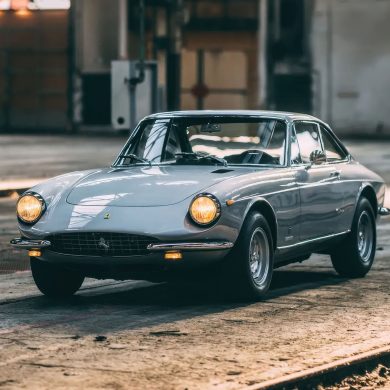
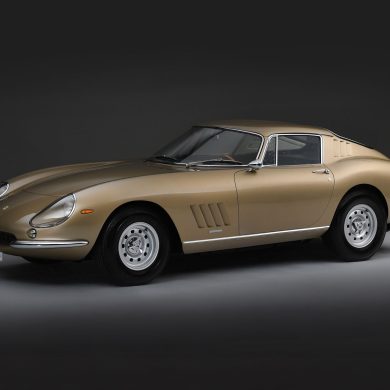
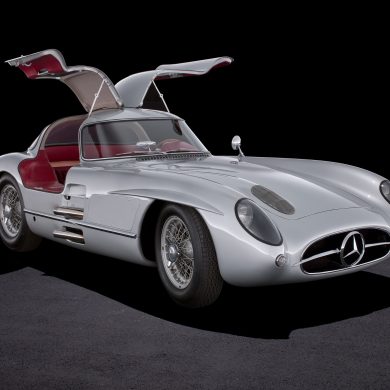

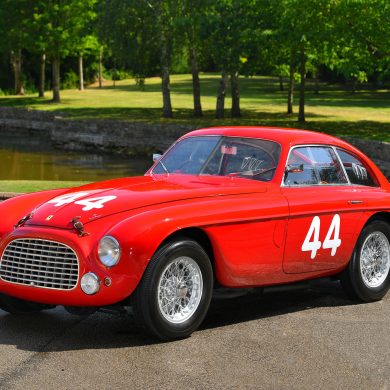


Anyone else see/remember/know anything about an Aurelia B20 GT that sat for some time, c. 1982, in a field on Route 13, on the Eastern Shore of Virginia/Maryland? It looked like it was rusted solid underneath, and I had just bought a running Elan-BRM, and had not idea where I could put it, so I did not pony up the $1000. being asked for it . . .